Enter on a track of padel, it's simple. Making the first keystrokes is also simple. But do you know your cruising speed ?
But what do they want to talk about? What is cruising speed?
When we start this wonderful sport of padel, we do not try too much tactics but simply to put the ball in the field. Then comes the desire to take stock of our opponents. So what do we do ? We speed up the pace of the ball to challenge our rivals.
The problem is that in front of us there are 2 players who want exactly the same thing as you; earn the point. So begins a battle.
So here are our little tips to master this game of chess, and it is valid for all levels of play.
- First of all, understand that when a player plays a fast ball, which is difficult for you to defend, you have to try a rather simple, slow stroke in the direction of an area without difficulties such as the center, or even a lob.
- Then, when you have a simple ball to play, be aware that at this point you may be attempting something like a fast or well placed ball, which will put your opponents in difficulty.
- Finally, know your cruising speed.
The cruising speed
We can define this cruising speed as “0 faults”. We can work on it in training but also in 1 vs 1. The goal is to know how fast you have to play to never make a mistake. You kind of become a metronome. For beginners, this pace will necessarily be slow, and it will of course be much faster for high level players.
It is therefore very important to get to know each other in order to be “relaxed” on the track. When you are able to make no direct mistakes with this cruising speed, the time has come to work at a slightly higher pace. You will realize some mistakes but in a short time they will disappear. Warning: if you go from 20 out of 20 balls in the court to 10/20, your pace is too fast. Rather, the increase in pace goes from 20/20 to 18/20. Little by little and with patience.
And in the game then?
When you're in game conditions, you'll know how fast you need to play to be comfortable. If you “overplay”, that you exceed this rate, you know that the fault will not be long. So one move played faster, yes, but several moves in a row no.
On the other hand, your opponents may not have the same cruising speed as you. They can have a slower one, a godsend because without forcing you will put them in difficulty. But also they can have a cruising speed faster than yours and it is you who will be in trouble. So what to do?
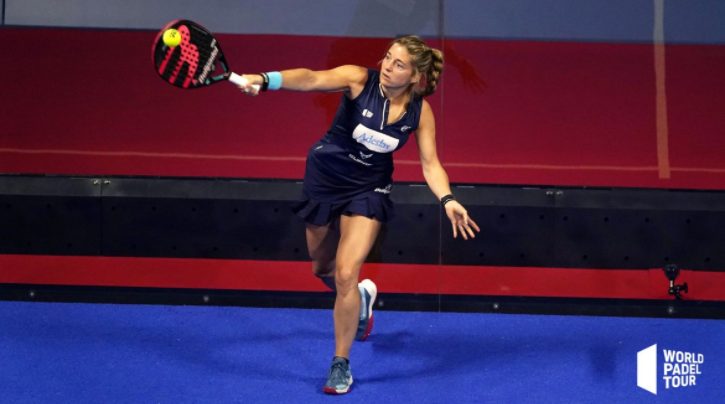
Play with your strengths. Do not enter this hellish loop of wanting to finish too quickly otherwise the match will slip away. Take the time to try to reduce the speed of each ball to get them into “your garden” at your speed. Not easy to achieve but it can work and lead them to make unforced errors. Be patient and wait for the right moment to challenge them with your favorite shots.
It's not easy, but being able to challenge faster cruising players than yours is very rewarding. And a victory, let's not even talk about it ...
Julien Bondia is a teacher of padel in Tenerife (Spain). Columnist and advisor, he helps you play better through his tutorials and tactical/technical articles padel.




































































































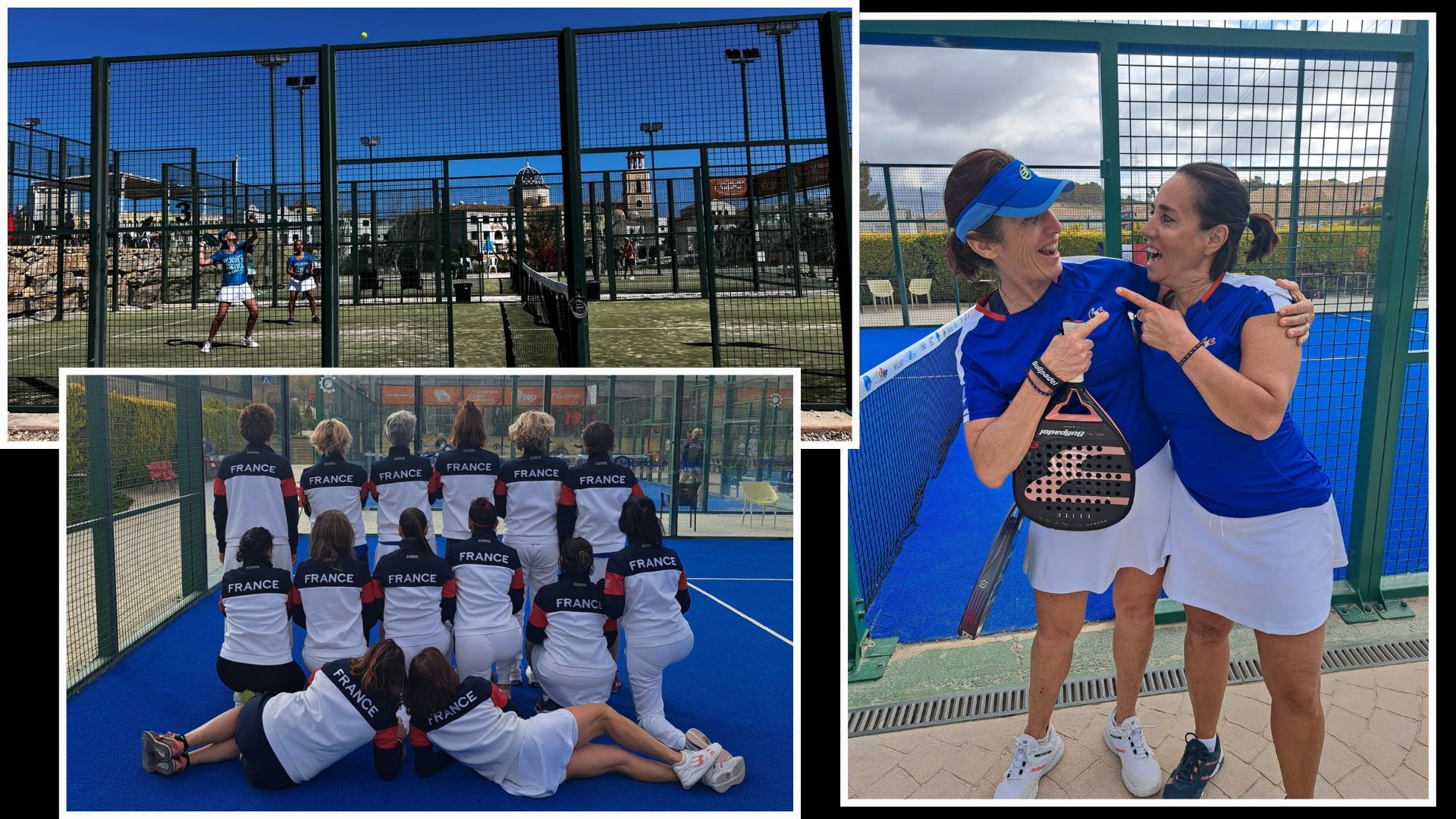 World Seniors Plus 2024 Open (F): heading to the quarter-finals for five French pairs!
World Seniors Plus 2024 Open (F): heading to the quarter-finals for five French pairs!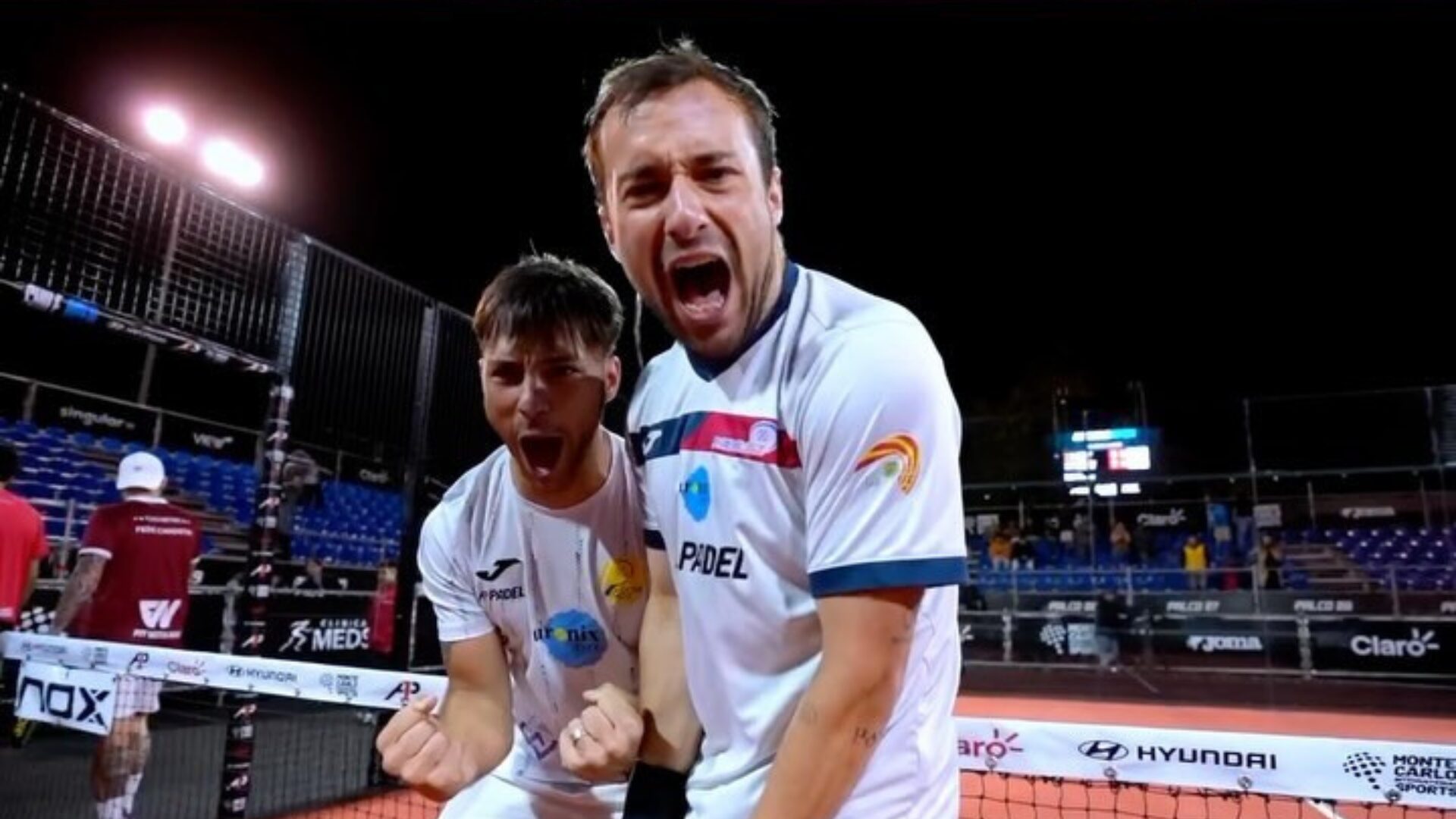 A1 Padel Chile Open – Chiostri and Sanchez eliminated, the eighths start strong!
A1 Padel Chile Open – Chiostri and Sanchez eliminated, the eighths start strong! The French Overseas Territories: land of padel and challenges facing humidity and cyclones
The French Overseas Territories: land of padel and challenges facing humidity and cyclones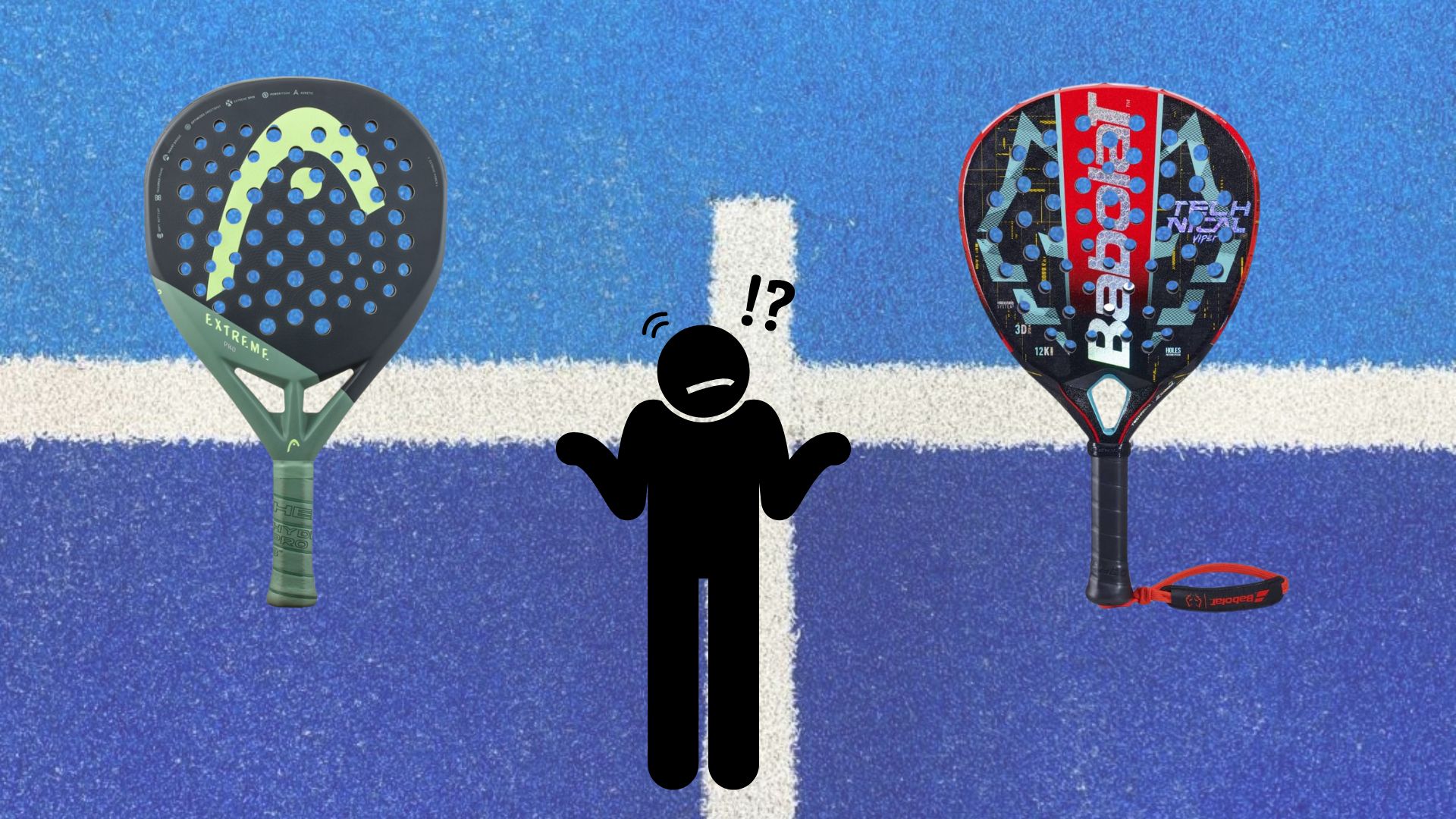 Which high-end racket to choose in 2024?
Which high-end racket to choose in 2024?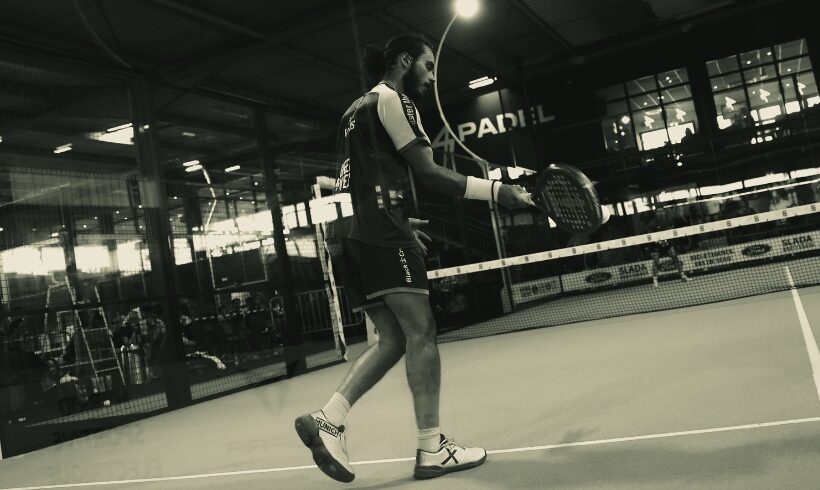 Manuel Vives: “It’s extremely difficult to get by financially”
Manuel Vives: “It’s extremely difficult to get by financially” And 4 for Frederick and Mehdy with network 4Padel !
And 4 for Frederick and Mehdy with network 4Padel !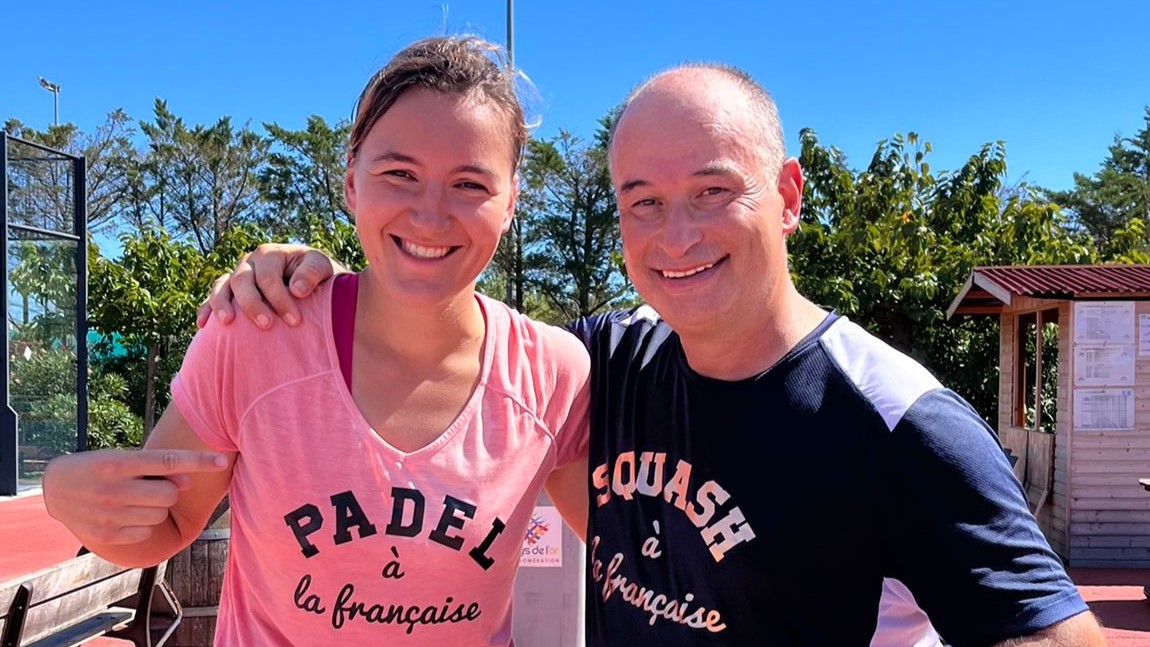 Benoît Letourneau (GM Squash & Padel): “Have a hundred young people in multi-snowshoes within three years”
Benoît Letourneau (GM Squash & Padel): “Have a hundred young people in multi-snowshoes within three years”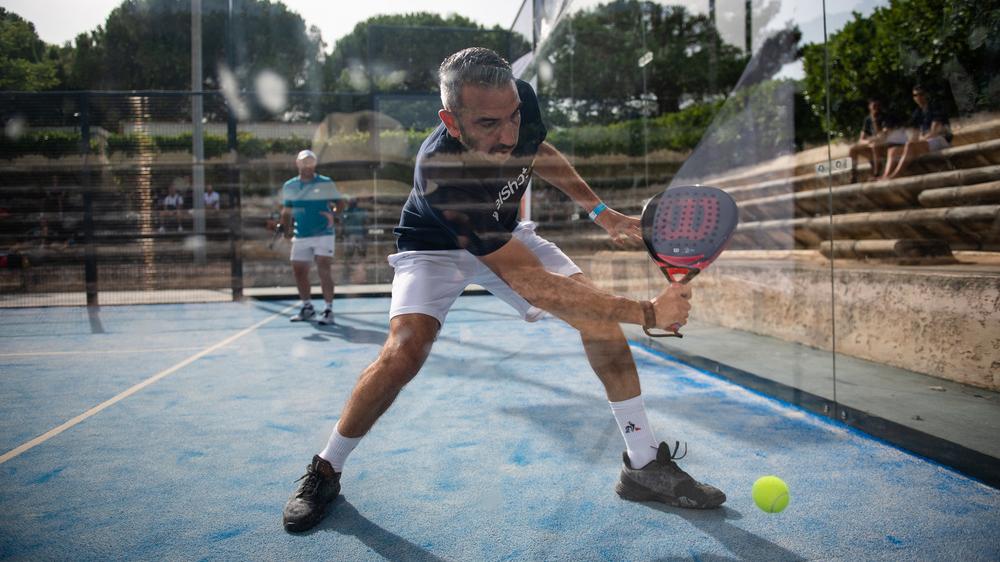 World Senior Plus – Simon Boissé: “Be in the first five places”
World Senior Plus – Simon Boissé: “Be in the first five places”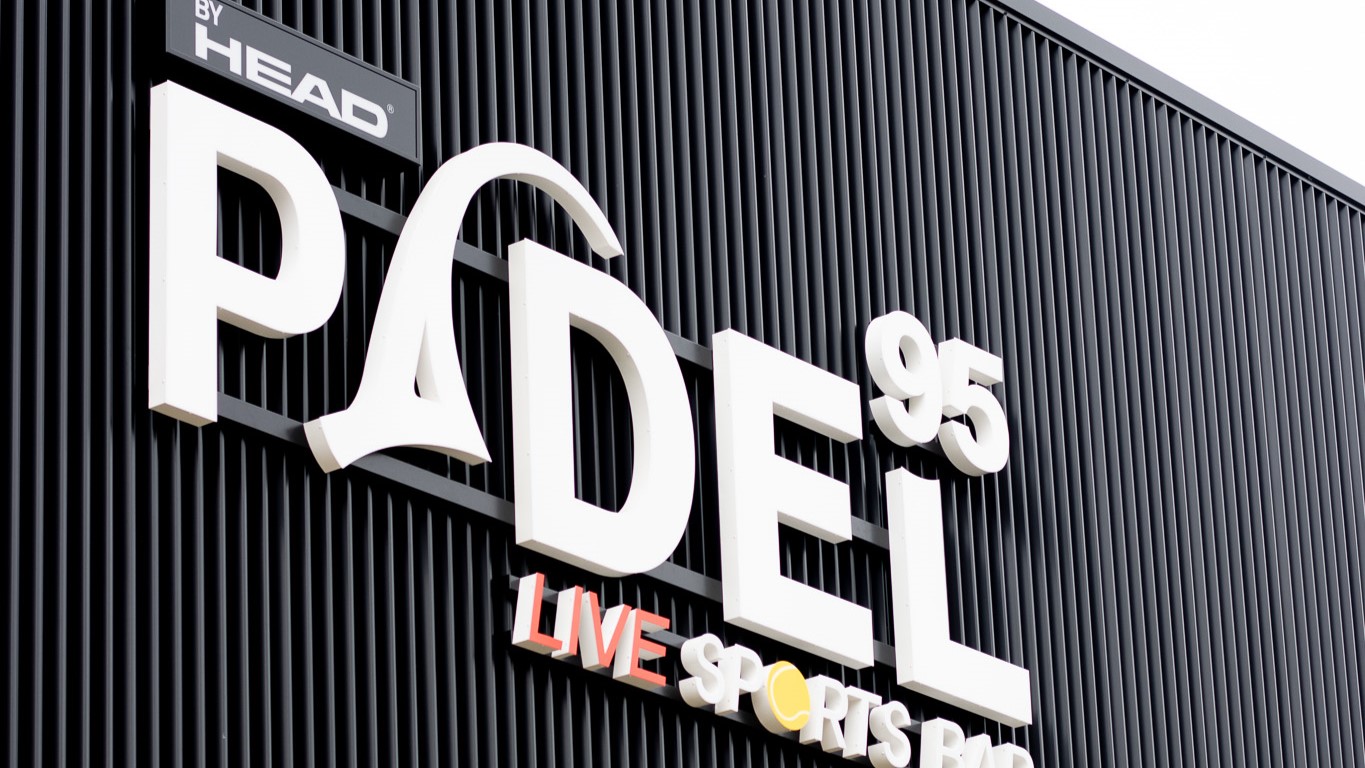 Padel 95: a brand new complex in Pontoise!
Padel 95: a brand new complex in Pontoise!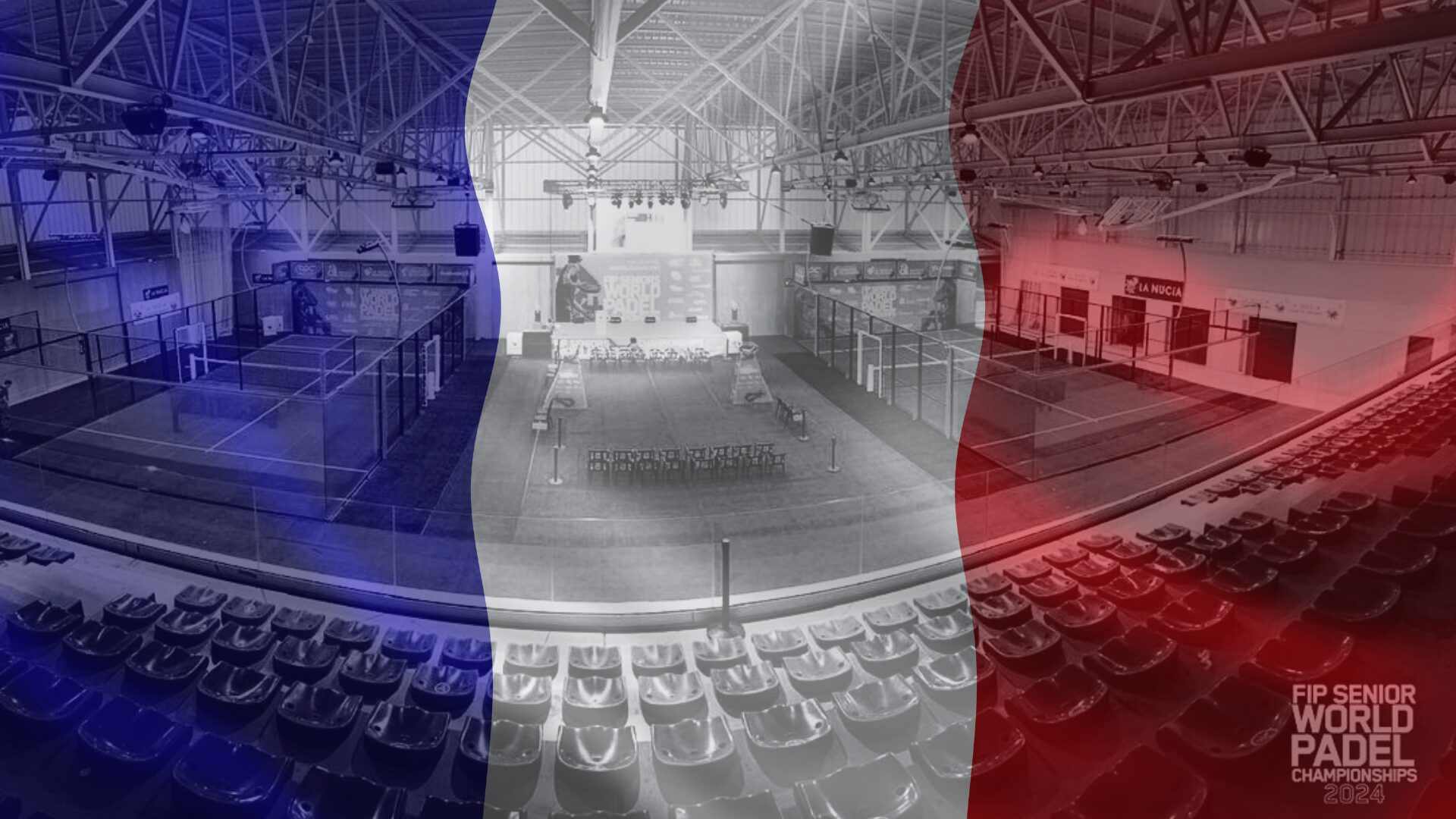 World Seniors Plus 2024 Open (M): five French pairs in the quarters!
World Seniors Plus 2024 Open (M): five French pairs in the quarters! World Seniors Plus 2024 Open (M): the French start very strong
World Seniors Plus 2024 Open (M): the French start very strong Play at padel on his yacht? Possible for €233.000!
Play at padel on his yacht? Possible for €233.000! TOP Padel : “A premium club with 10 slopes in Toulouse”
TOP Padel : “A premium club with 10 slopes in Toulouse” The padel of the Barrière Country Club are born in La Baule
The padel of the Barrière Country Club are born in La Baule Why clubs padel do they close?
Why clubs padel do they close? At the heart of padel – Episode 24: Paul Daulan shares the evolution of his bandeja
At the heart of padel – Episode 24: Paul Daulan shares the evolution of his bandeja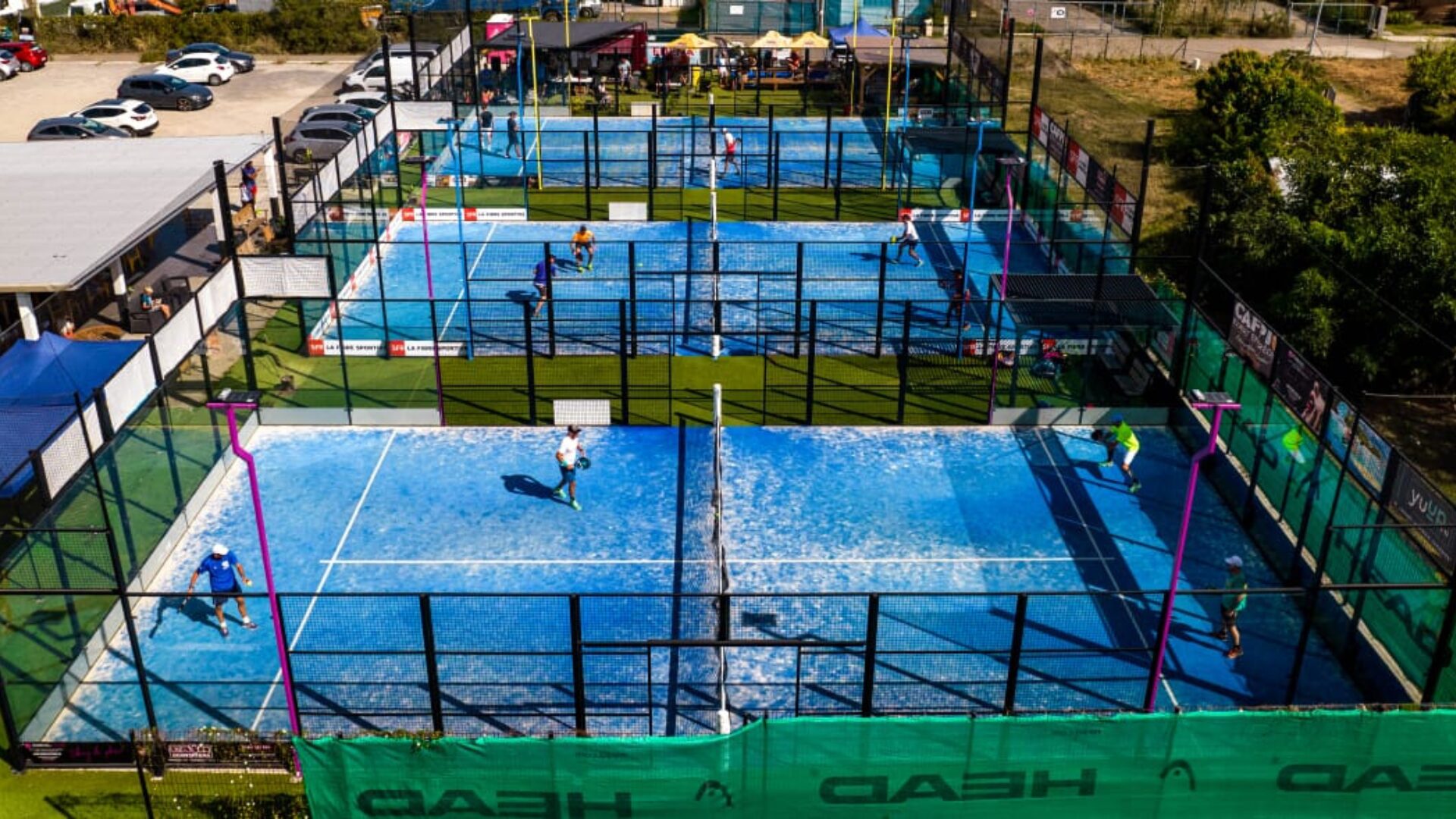 Why choose a track padel new?
Why choose a track padel new?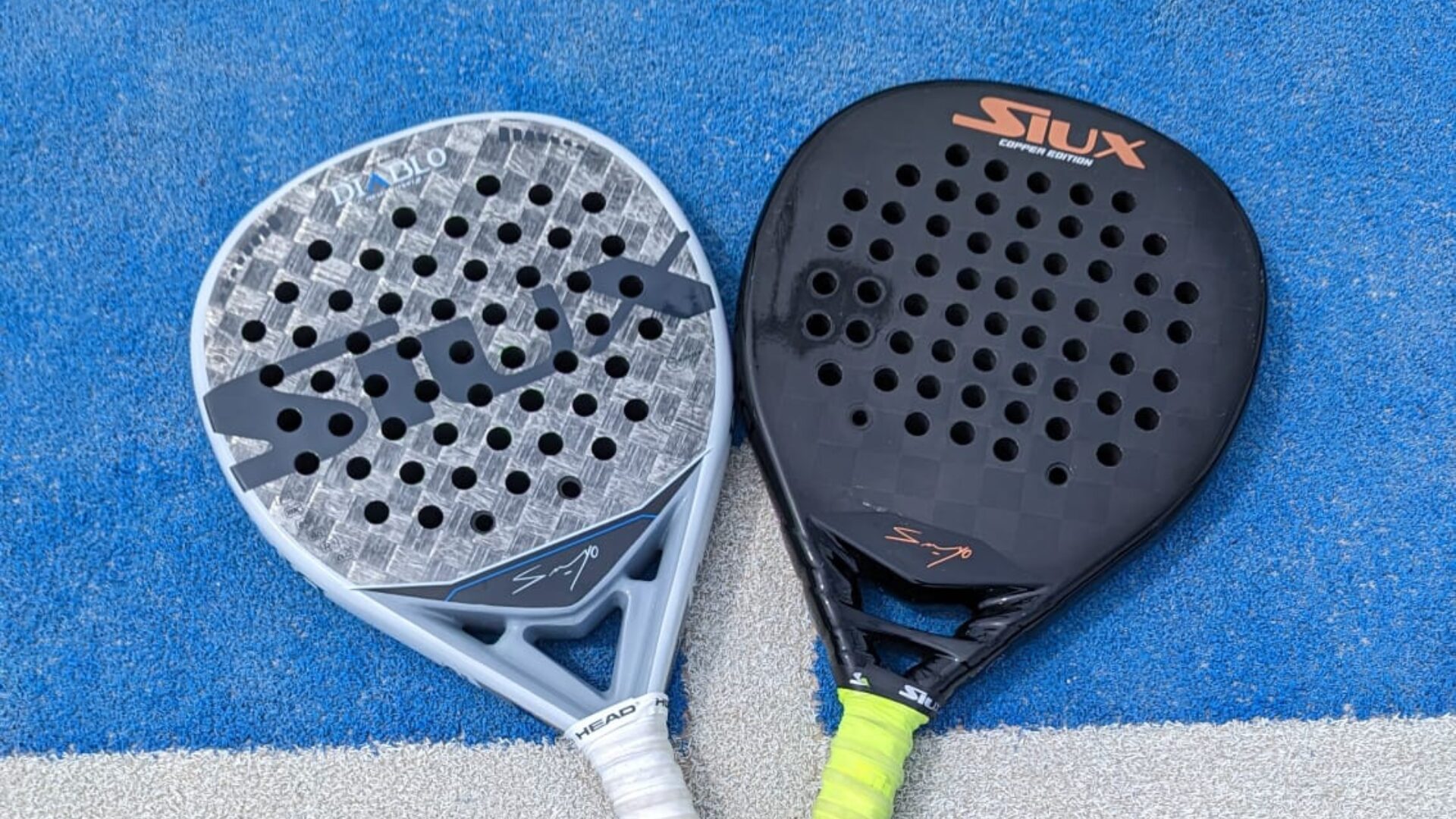 Do you know snowshoes? padel hybrids?
Do you know snowshoes? padel hybrids? At the heart of padel – Episode 23: defend the window well
At the heart of padel – Episode 23: defend the window well Prohibition on playing topless Padel : the reasons
Prohibition on playing topless Padel : the reasons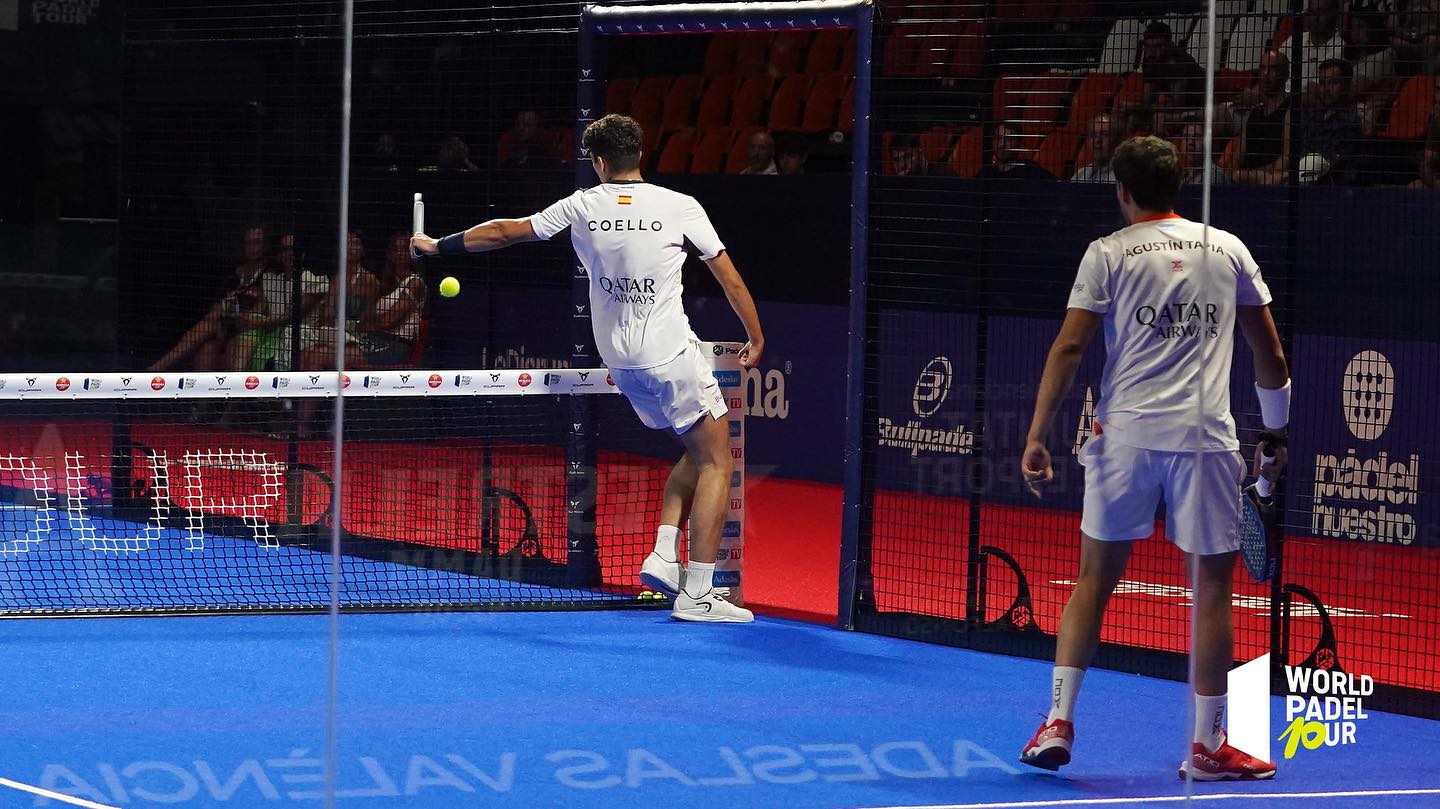 What is the difference between a dormilona, a dejada and a cushioned puerta?
What is the difference between a dormilona, a dejada and a cushioned puerta? FIP Tour – Going far from Europe, THE strategy to earn points!
FIP Tour – Going far from Europe, THE strategy to earn points! What is a good football player? padel ?
What is a good football player? padel ? “Lefties give me headaches when I play against them!”
“Lefties give me headaches when I play against them!” At the heart of padel – Episode 14: how to earn points in winter?
At the heart of padel – Episode 14: how to earn points in winter?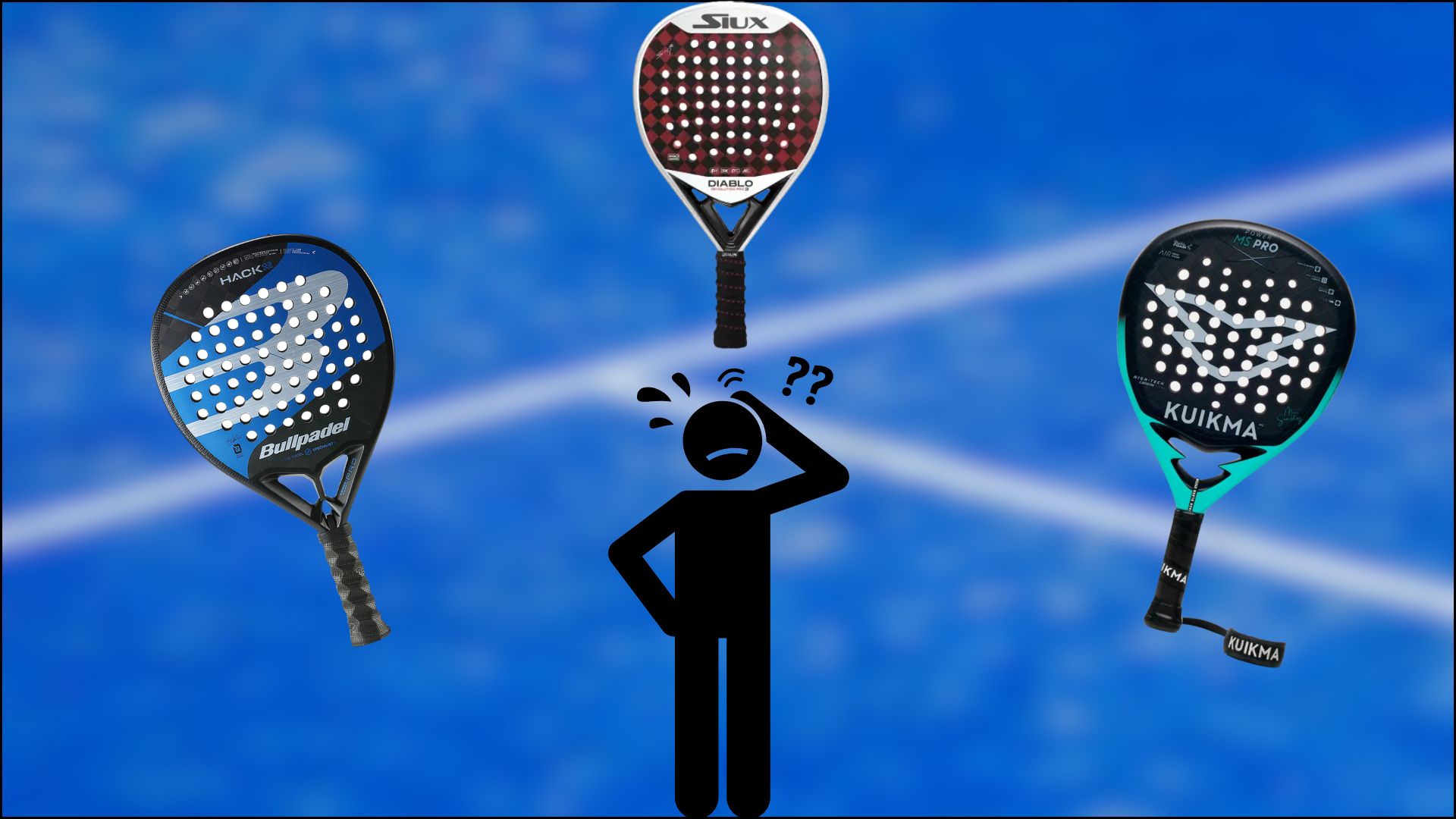 Choose your racquet padel in 3 steps
Choose your racquet padel in 3 steps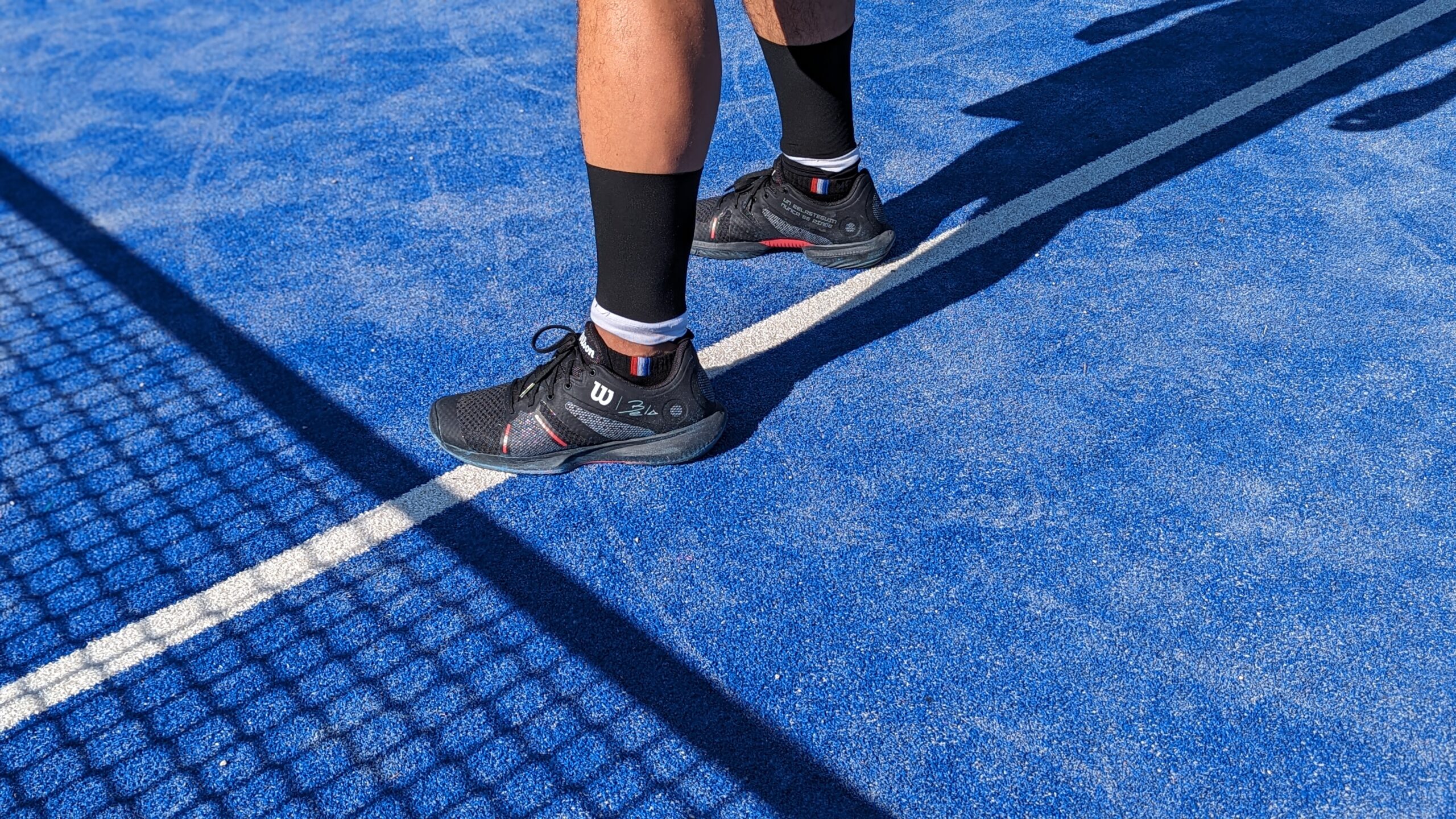 Practical guide to determining your ideal shoe size padel
Practical guide to determining your ideal shoe size padel La padel to fight Parkinson's disease
La padel to fight Parkinson's disease Don't play with a cracked or broken racket, your body will thank you!
Don't play with a cracked or broken racket, your body will thank you! Michel Cymes: “The padel, physically, it’s serious!”
Michel Cymes: “The padel, physically, it’s serious!” Jeremy Gala: “Promote the padel among young people in Belgium remains a challenge”
Jeremy Gala: “Promote the padel among young people in Belgium remains a challenge” The French Touch Academy organizes its selection day Padel-Study
The French Touch Academy organizes its selection day Padel-Study Report on the detection and training of younger generations
Report on the detection and training of younger generations Player's adult courses from April 8 to 21, 2024!
Player's adult courses from April 8 to 21, 2024!
Judicious and interesting remarks.